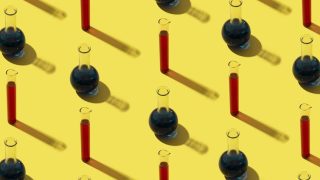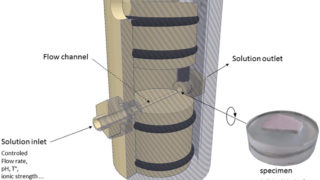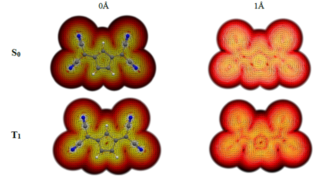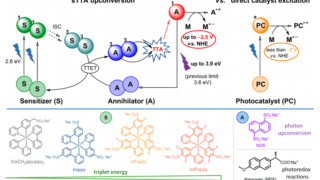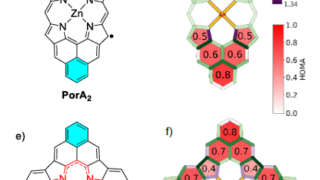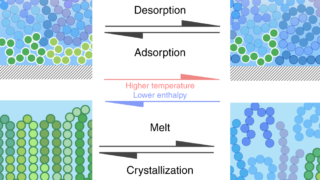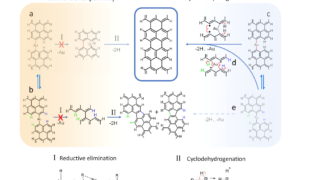
The orderly growth of 5-armchair graphene nanoribbons
The advent of on-surface chemistry under vacuum has vastly increased our capabilities to synthesize carbon nanomaterials with atomic precision. Among the types of target structures that have been synthesized by these means, one-dimensional graphene nanoribbons (GNRs) have probably attracted the most attention, and for a good reason: t he enormous tunability of GNRs’ electronic properties […]
